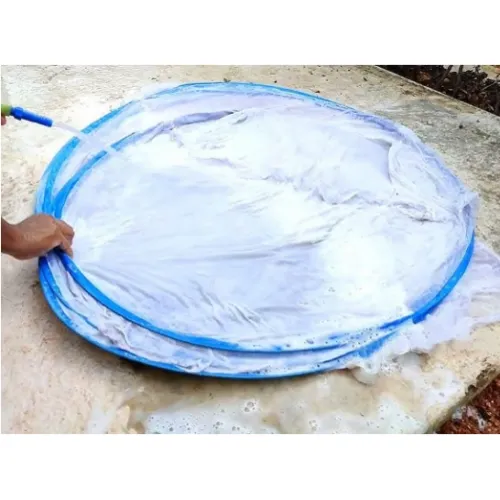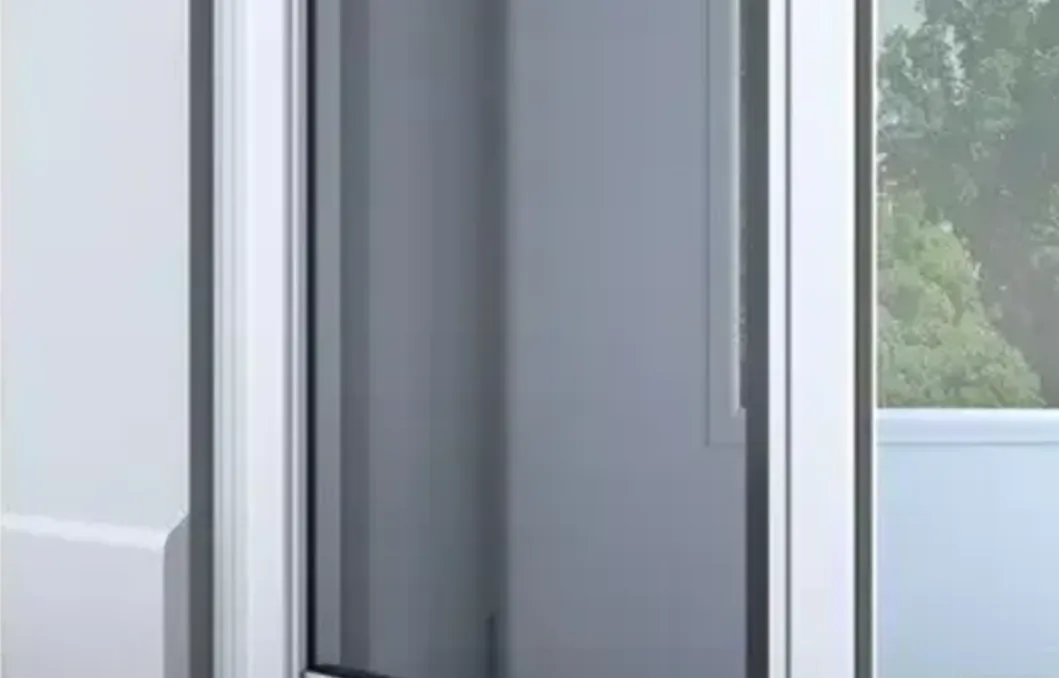Mar . 07, 2025 06:12 Back to list
Fixed Screen Window
Fly screen window installation is an essential task for any homeowner looking to enhance comfort and protect their living space from unwanted pests. Although installing fly screens can appear straightforward, it requires a significant level of expertise and understanding to ensure optimal results.
The installation process differs depending on the type of frame. For removable frames, the mesh is typically secured using a spline, a flexible cord that presses the mesh into a groove along the frame. Applying steady pressure, work the spline into the groove, ensuring the mesh remains taut. For a more permanent installation, adhesive tapes or magnetic strips may be used. Each method requires a steady hand and an eye for detail to avoid wrinkles and folds, which can compromise the screen's efficacy and aesthetics. A crucial component often overlooked in fly screen window installation is the maintenance and care of the screens. Proper maintenance not only extends the lifespan of the fly screens but also ensures consistent performance. Regularly cleaning the screens with a soft brush to remove dust and debris is recommended. In areas with high pollen or dirt, a gentle rinse with water may be necessary. Periodic inspection for any tears or damage is also essential; promptly repairing any defects prevents them from worsening and maintains the integrity of the barrier. For individuals uncertain about the DIY approach, consulting a professional can provide peace of mind. Professional installers bring expertise and experience, ensuring that every detail is executed flawlessly. They can also offer valuable advice on the best practices tailored to your home's specific needs. In conclusion, fly screen window installation is a task that combines precision, skill, and knowledge. Choosing the right materials, taking accurate measurements, and applying correct installation techniques are all integral to achieving a screen that will effectively keep insects away while allowing fresh air to circulate. Whether tackling this project independently or enlisting professional help, understanding these components ensures a successful installation that enhances your home's comfort and safety.


The installation process differs depending on the type of frame. For removable frames, the mesh is typically secured using a spline, a flexible cord that presses the mesh into a groove along the frame. Applying steady pressure, work the spline into the groove, ensuring the mesh remains taut. For a more permanent installation, adhesive tapes or magnetic strips may be used. Each method requires a steady hand and an eye for detail to avoid wrinkles and folds, which can compromise the screen's efficacy and aesthetics. A crucial component often overlooked in fly screen window installation is the maintenance and care of the screens. Proper maintenance not only extends the lifespan of the fly screens but also ensures consistent performance. Regularly cleaning the screens with a soft brush to remove dust and debris is recommended. In areas with high pollen or dirt, a gentle rinse with water may be necessary. Periodic inspection for any tears or damage is also essential; promptly repairing any defects prevents them from worsening and maintains the integrity of the barrier. For individuals uncertain about the DIY approach, consulting a professional can provide peace of mind. Professional installers bring expertise and experience, ensuring that every detail is executed flawlessly. They can also offer valuable advice on the best practices tailored to your home's specific needs. In conclusion, fly screen window installation is a task that combines precision, skill, and knowledge. Choosing the right materials, taking accurate measurements, and applying correct installation techniques are all integral to achieving a screen that will effectively keep insects away while allowing fresh air to circulate. Whether tackling this project independently or enlisting professional help, understanding these components ensures a successful installation that enhances your home's comfort and safety.
Products
Latest news
-
Unveiling the Allure and Practicality of Classic Mosquito Nets
NewsJul.04,2025 -
Unraveling the World of Mosquito Nets: Varieties, Costs, and Production
NewsJul.04,2025 -
Redefining Protection and Style: The World of Mosquito Nets
NewsJul.04,2025 -
Enhancing Sleep and Style with Contemporary Mosquito Nets
NewsJul.04,2025 -
Diverse Solutions in Mosquito Netting: Sizes, Varieties, and Flexibility
NewsJul.04,2025 -
Deciphering Mosquito Nets: Significance, Varieties, and Applications
NewsJul.04,2025 -
Transforming Bedrooms into Mosquito - Free Havens
NewsJul.01,2025









